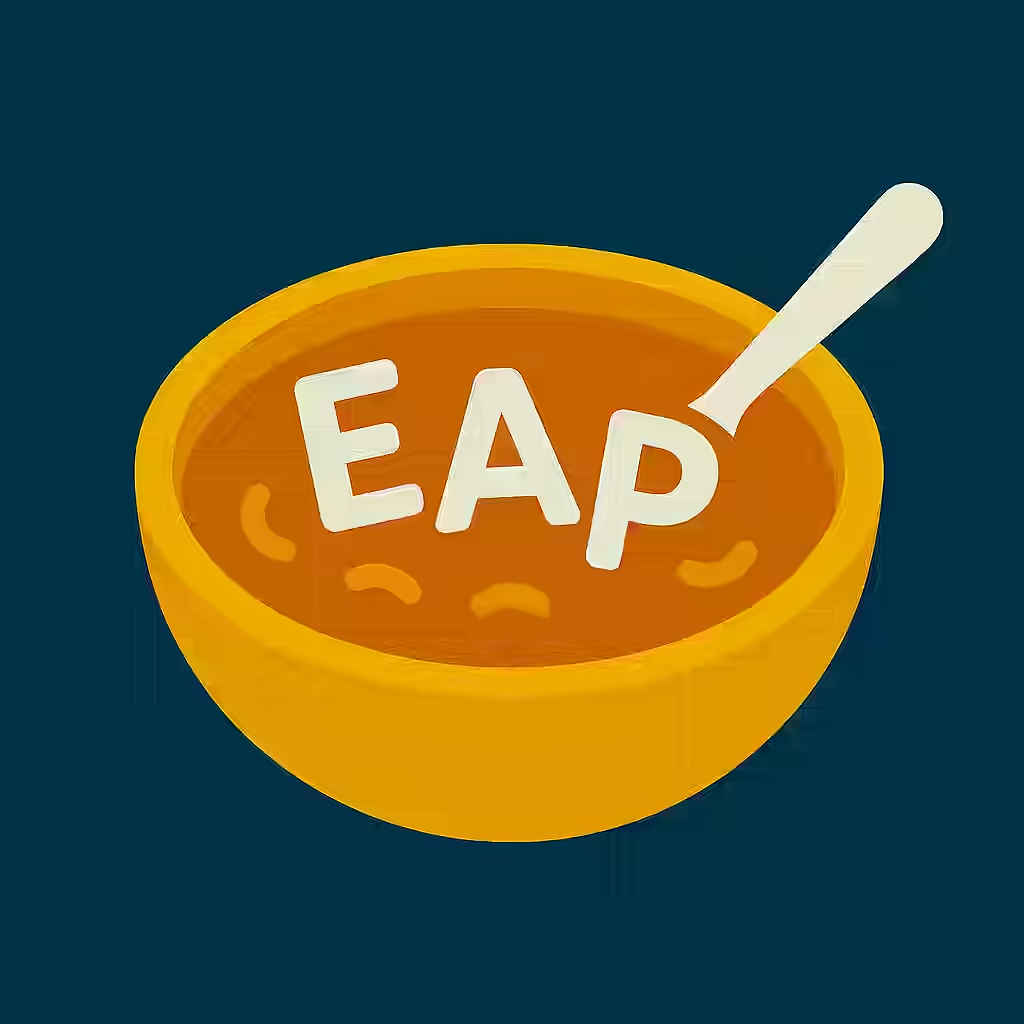When it comes to enterprise Wi-Fi authentication, the alphabet soup of EAP (Extensible Authentication Protocol) types can get confusing fast. But Cisco’s EAP-FAST? It’s built to cut through the clutter—and the complexity.
Let’s dig into what makes EAP-FAST (Flexible Authentication via Secure Tunneling) a go-to for many network administrators, especially in environments where managing digital certificates is a headache waiting to happen.
What’s the Deal with EAP-FAST?
Originally developed by Cisco, EAP-FAST was designed to address a key challenge: secure authentication without the operational overhead of managing certificates. Unlike EAP-TLS, which demands client and server certificates, EAP-FAST skips that step entirely.
Key Fact:
EAP-FAST does not require a RADIUS server certificate. That alone makes it attractive for environments where deploying a Public Key Infrastructure (PKI) just isn’t feasible.
How Does It Work?
EAP-FAST creates a secure TLS tunnel between the client and the server using a Protected Access Credential (PAC). This PAC can be provisioned dynamically (over the air) or manually. Once established, authentication happens inside the tunnel—keeping credentials safe from prying eyes.
Real-World Value
Think of a large hospital where staff rotate constantly and devices change hands. Enforcing strong password policies across thousands of unmanaged clients is tough, and issuing certificates is a logistical nightmare. Here, EAP-FAST becomes a game-changer:
- No need for client or server certs
- Supports dynamic PAC provisioning
- Still delivers encrypted, credential-protected communication
Why It’s Not an IETF Standard
Unlike EAP-TLS or EAP-PEAP, EAP-FAST isn’t an IETF standard—it’s a Cisco innovation. While it’s widely supported on Cisco gear and many wireless LAN controllers, its adoption outside Cisco-centric environments can vary.
Final Thoughts
EAP-FAST strikes a balance: more secure than basic EAP types like EAP-MD5, but easier to deploy than heavyweight options like EAP-TLS. If your environment values security and simplicity, it might be just the ticket.
So yes, it’s fast, it’s flexible—and it doesn’t come with a certificate burden.
